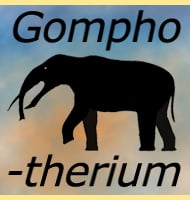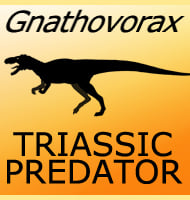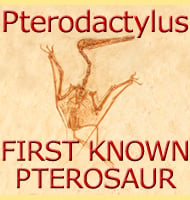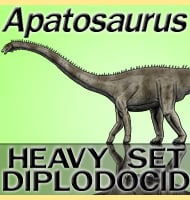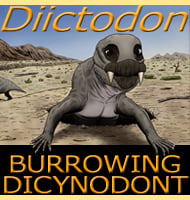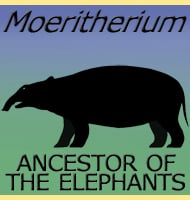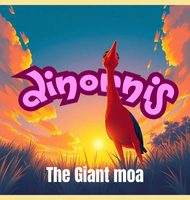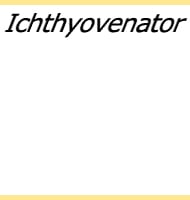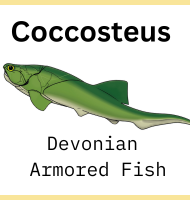In Depth
Ningchengopterus was a very special find as it appears to be a very young juvenile specimen. The structure of the wings suggest that Ningchengopterus was flight capable even at this young age, which in turn helps to reinforce the theory that pterosaurs could fly not long after hatching, and were possibly independent from their parents.
No one knows how large Ningchengopterus could grow to or even what the diet of the adult Ningchengopterus was. However given the small size and dentition of the juvenile holotype specimen Ningchengopterus may well have been an insectivore in early life. If Ningchengopterus stayed that way or grew to tackle larger prey like fish or small vertebrates remains to be seen.
As you may have already gathered, the name Ningchengopterus is in reference to the Ningcheng region. The species name, Ningchengopterus Liuae, is in honour of Ms Liu Jingyi who collected the fossil.
Further Reading
Further reading- A baby pterodactyloid pterosaur from the Yixian Formation of Ningcheng, Inner Mongolia, China. – Acta Geologica Sinica 83(1):1-8. – J. L� – 2009.

